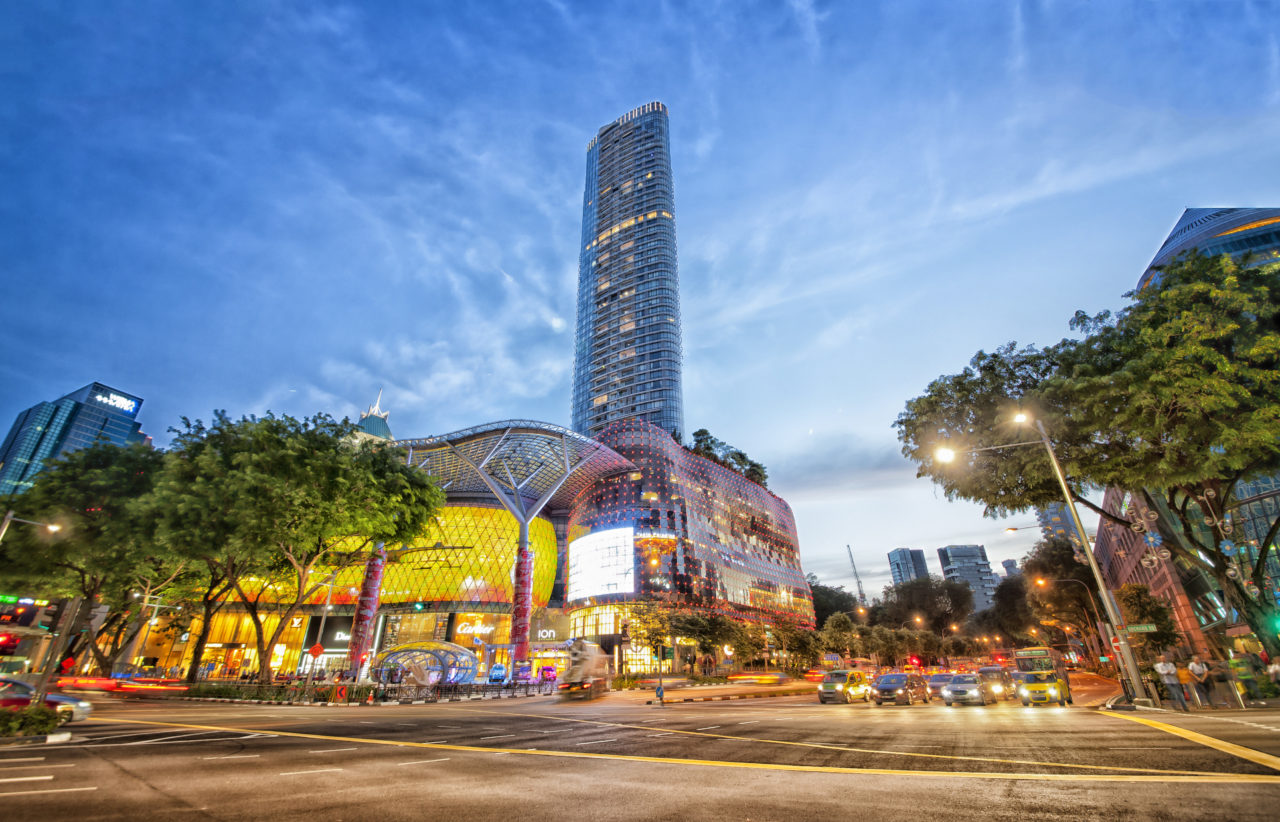
Retail sales continued to recover in March as the Singapore economy rebounded, though the figures were boosted by the comparison with the situation a year ago when Covid-19 safe distancing measures began and border restrictions were in place.
Takings at the till grew by 6.2 percent in March on a year-on-year basis, compared with the revised 5.3 percent increase recorded in February, according to data out on Wednesday (May 5).
This made for a second consecutive month of retail sales growth after a 24-month-long year-on-year slide. Excluding motor vehicles, sales increased 4.4 percent in March. Almost all segments registered jumps in turnover, with the sales of watches and jewelry jumping the most, by 60.2 percent. This was followed by the sales of apparel and footwear, which increased by 35.6 percent. This was due to the lower base in March 2020 when there were low tourism receipts arising from tightened border restrictions, said the Department of Statistics (SingStat).
Sales of recreational goods grew by 28.3 percent, while takings by retailers of computer and telecommunications equipment increased by 19.9 percent.
Petrol service stations registered an increase of 18.6 percent, while vehicle sales went up by 15.6 percent.
But sales at supermarkets and hypermarkets reversed their growth streak from last year and dropped by 14 percent.
This was in comparison with March 2020 when there were higher sales as more people stayed home after safe distancing measures were introduced, SingStat noted.
Sales of cosmetics, toiletries, and medical goods also fell, by 13.2 percent.
On a seasonally adjusted month-on-month basis, SingStat observed that most retail industries recorded growths in sales.
“Discretionary industries such as motor vehicles, watches, and jewelry, wearing apparel and footwear and department stores recorded growths in sales of between 5.2 percent and 7.8 percent, attributed to higher domestic spending given overseas travel restrictions,” it said.
But sales of furniture and household equipment declined during this period, as demand for furniture slowed down, with more people returning to the workplace, it added.
Meanwhile, sales of food and beverage services grew by 8 percent year on year in March, a reversal from the 3.4 percent decline in February.
This growth was mainly attributed to the lower sales in March 2020 when safe distancing measures were first introduced to contain the Covid-19 outbreak, SingStat said.
Restaurant sales grew by 17.9 percent, while cafes, food courts, and other eating places saw takings rise by 5.6 percent. But food caterers continued to suffer a slide in sales, of 25 percent. The total sales value of food and beverage services in March was estimated at $730 million, with online sales making up an estimated 23.5 percent. The estimated total retail sales value in March was about $3.5 billion. Of this, online retail sales made up an estimated 11.8 percent.